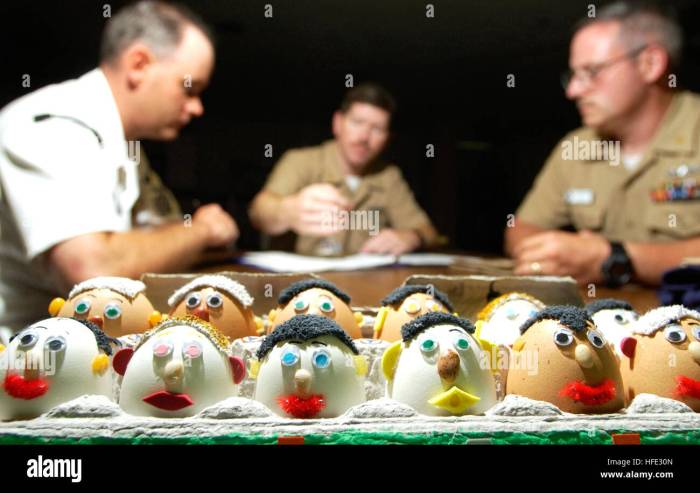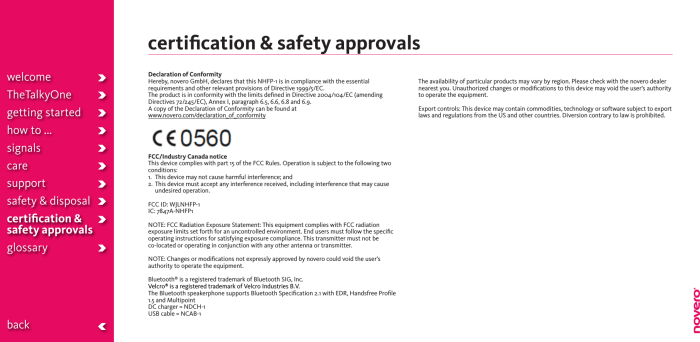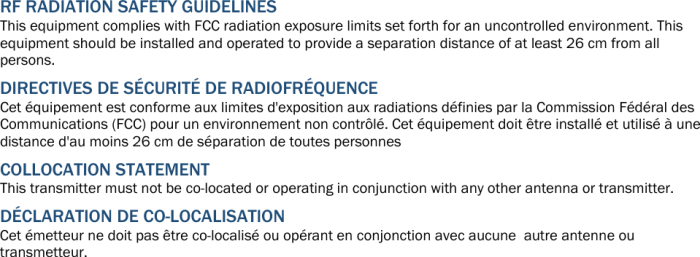The directives that set forth the basic naval disciplinary provide a comprehensive framework for maintaining order and discipline within the naval service. These directives, which have evolved over time to meet the changing needs of the Navy, establish clear guidelines for the conduct of service members and the procedures for enforcing discipline.
The content of the second paragraph that provides descriptive and clear information about the topic
The History and Evolution of Naval Disciplinary Directives

Naval disciplinary directives have a long and storied history, dating back to the earliest days of organized naval warfare. The first known naval disciplinary code was the “Laws of Oleron,” which was adopted by the English Parliament in 1189. This code established a system of punishments for various offenses, including mutiny, desertion, and theft.
Over the centuries, naval disciplinary directives have evolved to meet the changing needs of the navy. In the 16th century, the Spanish Armada issued a new code of discipline that was more comprehensive and severe than previous codes. This code included punishments such as flogging, keelhauling, and execution.
In the 18th century, the British Royal Navy adopted a new code of discipline that was based on the principles of natural law. This code was more humane than previous codes and it abolished the use of torture as a punishment.
In the 19th century, the United States Navy adopted a new code of discipline that was based on the British code. This code has been revised several times over the years, but it remains the basis for naval disciplinary directives today.
The Structure and Content of Naval Disciplinary Directives: The Directives That Set Forth The Basic Naval Disciplinary

Naval disciplinary directives are organized into a hierarchical structure. The highest level of directive is the Uniform Code of Military Justice (UCMJ). The UCMJ is a federal law that applies to all members of the U.S. armed forces. The UCMJ establishes the basic offenses and punishments for military personnel.
Below the UCMJ are a series of regulations and instructions that provide more detailed guidance on the implementation of discipline. These regulations and instructions are issued by the Department of the Navy and the individual military services.
The content of naval disciplinary directives includes the following:
- A list of offenses and punishments
- Procedures for enforcing discipline
- The rights and responsibilities of service members
The Implementation and Enforcement of Naval Disciplinary Directives
Naval disciplinary directives are implemented and enforced by a variety of authorities. These authorities include commanding officers, military judges, and the Navy’s Judge Advocate General (JAG) Corps.
Commanding officers are responsible for maintaining discipline within their commands. They have the authority to impose non-judicial punishment on service members who violate the directives.
Military judges are responsible for presiding over courts-martial. Courts-martial are trials that are held to determine whether a service member has violated the UCMJ. If a service member is convicted of a crime, the military judge can impose a variety of punishments, including imprisonment, fines, and dismissal from the service.
The Navy’s JAG Corps is responsible for providing legal advice to the Navy and the Marine Corps. The JAG Corps also represents the government in courts-martial.
The Impact of Naval Disciplinary Directives on Service Members
Naval disciplinary directives have a significant impact on the morale, conduct, and well-being of service members. Directives provide a clear set of rules and expectations for service members. This helps to create a sense of order and discipline within the Navy.
Directives also protect the rights of service members. They ensure that service members are treated fairly and that they are not subject to arbitrary or capricious punishment.
Violating naval disciplinary directives can have serious consequences. Service members who violate the directives may be subject to non-judicial punishment, courts-martial, or both.
The Relationship between Naval Disciplinary Directives and Other Legal Frameworks

Naval disciplinary directives are related to a number of other legal frameworks. These frameworks include the UCMJ, the Constitution of the United States, and international law.
The UCMJ is the primary legal framework that governs military discipline. The UCMJ establishes the basic offenses and punishments for military personnel. Naval disciplinary directives must be consistent with the UCMJ.
The Constitution of the United States also applies to military personnel. The Constitution protects the rights of all Americans, including service members. Naval disciplinary directives must be consistent with the Constitution.
International law also applies to military personnel. International law sets forth the rules that govern the conduct of armed forces during wartime. Naval disciplinary directives must be consistent with international law.
Emerging Trends and Future Directions in Naval Disciplinary Directives

There are a number of emerging trends and future directions in naval disciplinary directives. These trends include the use of technology to enhance enforcement, the impact of social media on discipline, and the evolving role of service members in shaping the directives.
Technology is playing an increasingly important role in the enforcement of naval disciplinary directives. For example, the Navy is using electronic monitoring systems to track the movements of service members who are on probation or parole.
Social media is also having an impact on discipline. Social media can be used to spread rumors and false information, which can undermine the authority of the Navy and its leaders.
The role of service members in shaping naval disciplinary directives is also evolving. Service members are increasingly being involved in the development and implementation of the directives. This is a positive trend, as it helps to ensure that the directives are responsive to the needs of the Navy and its members.
FAQ Summary
What are the most common offenses under the directives that set forth the basic naval disciplinary?
The most common offenses under the directives that set forth the basic naval disciplinary include absence without leave, disobedience of orders, and assault.
What are the different types of punishments that can be imposed under the directives that set forth the basic naval disciplinary?
The different types of punishments that can be imposed under the directives that set forth the basic naval disciplinary include restriction, confinement, and discharge from the service.
What are the rights of service members under the directives that set forth the basic naval disciplinary?
The rights of service members under the directives that set forth the basic naval disciplinary include the right to a fair trial, the right to be represented by counsel, and the right to appeal a conviction.